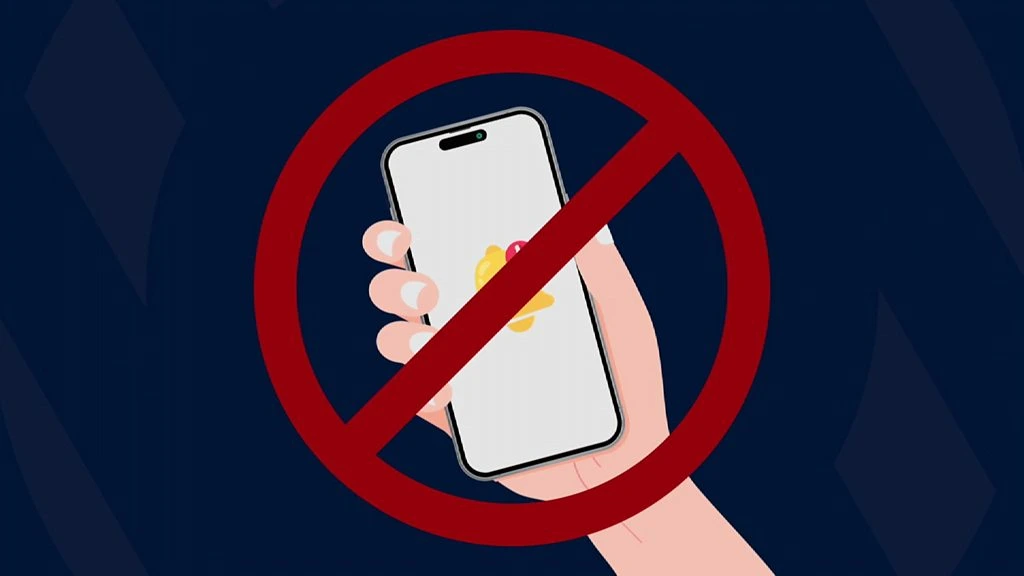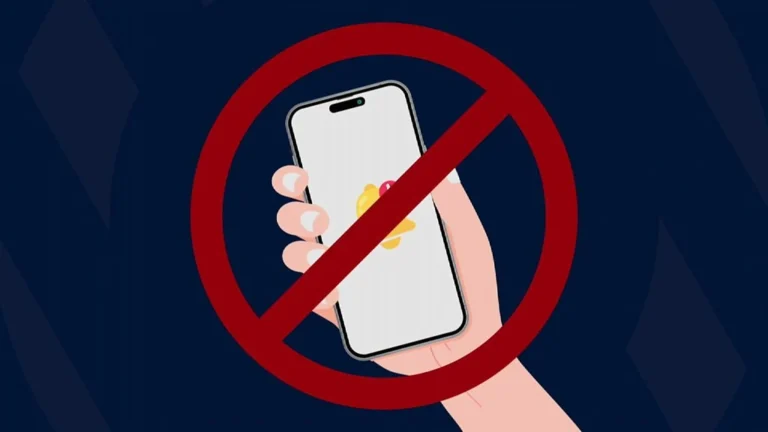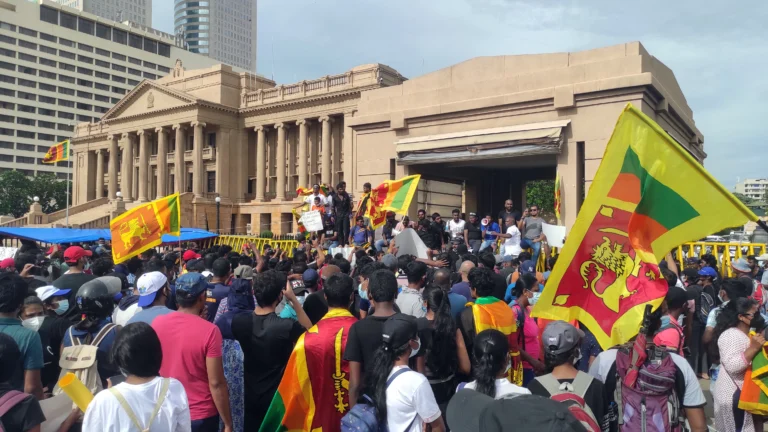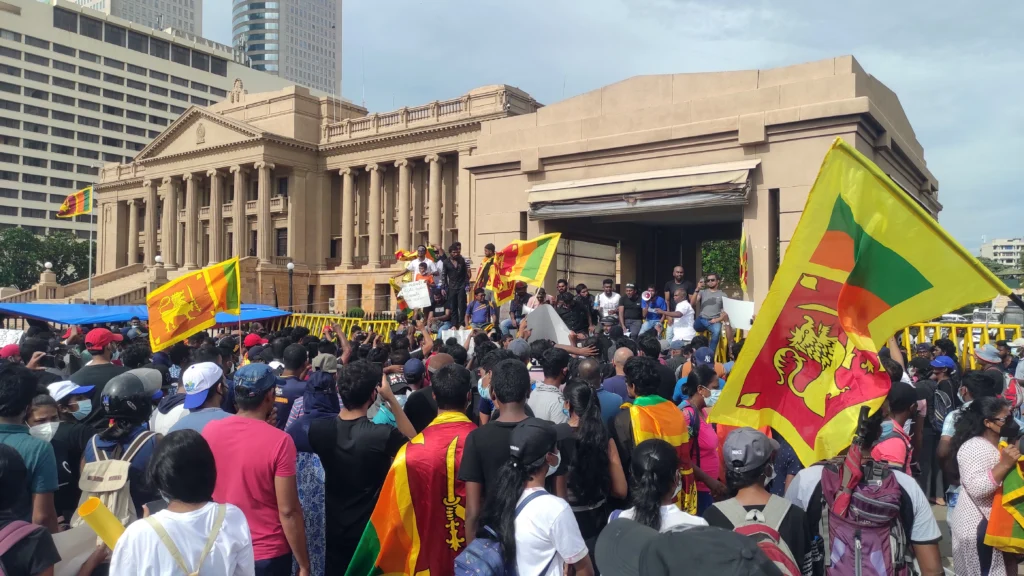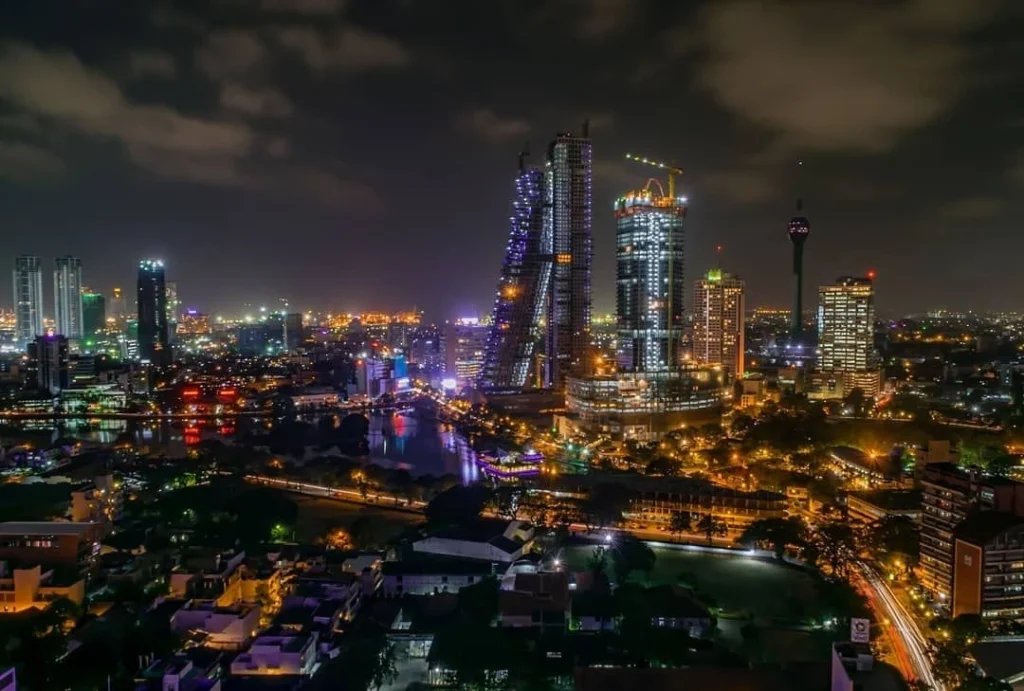In a move that has stirred both applause and concern, Sri Lanka’s Ministry of Women and Child Affairs recently proposed a nationwide ban on smartphone use for children under the age of 12. The rationale is clear: protect young minds from the adverse effects of screen addiction, online exploitation, and developmental delays. But as the country grapples with the implications of this policy, it’s worth examining whether such a ban is feasible, effective, and aligned with global best practices particularly when compared to Australia’s more measured approach.
What Is Sri Lanka Proposing?
The proposal, still in its early stages, aims to restrict smartphone ownership and usage among children below 12 years. Minister Saroja Paulraj has emphasized the need to shield children from harmful digital content and excessive screen time, which she argues are contributing to behavioral issues, poor academic performance, and social withdrawal. While the intent is noble, the execution raises questions about practicality, enforcement, and unintended consequences.
Australia’s School-Based Model: A Smarter Alternative?
Australia offers a compelling contrast. Rather than imposing a blanket age-based ban, Australian states have implemented school-based restrictions. Since early 2024, public schools across the country have banned mobile phone use during school hours. Students are required to switch off and store their devices, with exceptions made for medical needs or emergencies. The results have been largely positive: improved classroom focus, reduced bullying, and more meaningful peer interaction. Importantly, these policies are enforced within controlled environments schools where monitoring is possible and consistent.
Why Sri Lanka’s Ban May Be Harder to Enforce
Sri Lanka’s proposed ban, on the other hand, extends beyond school premises and into homes, public spaces, and informal settings. This raises a critical issue: who enforces the ban, and how? Expecting parents to police their children’s phone use 24/7 is unrealistic, especially in urban households where smartphones are often used for safety, coordination, and even learning. Moreover, in a country where digital literacy is uneven and access to alternative devices is limited, such a ban could deepen existing inequalities.
The Case for Limiting Smartphone Use
There are undeniable benefits to limiting smartphone use among young children. Studies have shown that excessive screen time can impair sleep, reduce attention spans, and hinder emotional development. Children exposed to social media at an early age are more vulnerable to cyberbullying, unrealistic body standards, and addictive behaviors. By curbing access, Sri Lanka could foster healthier habits and encourage more outdoor play, reading, and face-to-face interaction.
The Risks of a Blanket Ban
However, the drawbacks are equally significant. Smartphones are not just entertainment devices they’re tools for communication, learning, and creativity. Banning them outright could delay digital literacy, isolate children from their peers, and create friction between parents and children. There’s also the risk of pushing children toward alternative devices; tablets, smartwatches, or shared phones which may not be covered by the ban but offer similar access to online content.
Will It Work in Sri Lanka?
That depends on how the policy evolves. If it remains a blanket ban with little room for nuance, it may face resistance and fail to achieve its goals. But if it’s restructured to focus on schools, supported by digital literacy programs, and framed as a collaborative effort between parents, educators, and policymakers, it could pave the way for healthier digital habits.
Sri Lanka might consider a phased approach: start with school-based restrictions, introduce parental guidance campaigns, and offer safe tech alternatives. Encourage schools to integrate digital wellness into their curriculum. Provide parents with tools to monitor and guide their children’s online activity. And most importantly, listen to the voices of children themselves understanding their needs, fears, and aspirations in a digital world.
Conclusion: Protection or Empowerment?
Sri Lanka’s proposed smartphone ban for minors is a bold step that reflects genuine concern for child welfare. But boldness alone isn’t enough. The policy must be thoughtful, inclusive, and adaptable. Australia’s experience shows that targeted, well-supported interventions can work. Sri Lanka now has the opportunity to craft a solution that balances protection with empowerment ensuring that its children grow up not just safe from digital harm, but equipped to thrive in a connected world.
Latest News:

